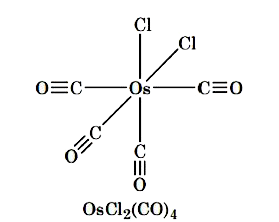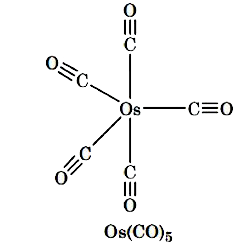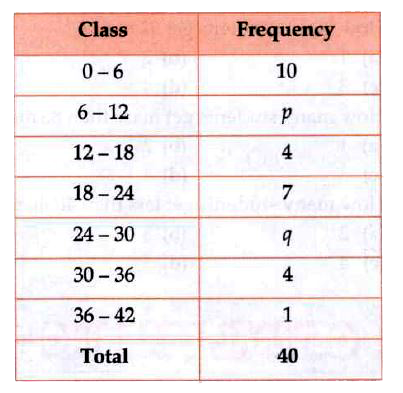Assuming the ideal geometries without any distortions, find the value of (PQ), on the basis of the following information.

Text Solution
The correct Answer is:1.14
x=1⇒ No possibility of geometrical isomerism in the 1st complex.
x=2⇒ Possible with octahedral and TBP geometries.
x=3⇒ Geometry of the 1st complex will not have 90∘and180∘ angles.

⇒ C is-isomer octahedral, P = 8 atoms.

⇒ TBP geometry, Q = 7 atoms in the equatorial plane.
|
Topper's Solved these Questions
- NTA TPC JEE MAIN TEST 47BOOK - NTA MOCK TESTSCHAPTER - NTA TPC JEE MAIN TEST 47EXERCISE - CHEMISTRY (SUBJECTIVE NUMERICAL)
9 Videos
- NTA TPC JEE MAIN TEST 46BOOK - NTA MOCK TESTSCHAPTER - NTA TPC JEE MAIN TEST 46EXERCISE - CHEMISTRY
29 Videos
- NTA TPC JEE MAIN TEST 48BOOK - NTA MOCK TESTSCHAPTER - NTA TPC JEE MAIN TEST 48EXERCISE - CHEMISTRY
29 Videos
Similar Questions
Knowledge Check
If p2+q2=7pq, then the value of pq+qp is equal to
A0B2(p2+q2)C2(p2−q2)Dnone of theseSix persons M, N, O, P, Q and R are sitting in two rows, three in each. Q is not at the end of any row. P is second to the left of R. O is the neighbour of Q and is sitting diagonally opposite to P. N is the neighbour of R. On the basis of this information who is facing N ?
ARBQCPDM
If q=5 and p=−3, then find the value of the following expressions.
q+3p–10
View SolutionIf q=5 and p=−3, then find the value of the following expressions.
8q+9p–17
View SolutionIf p:q=5:7 and p−q=−4 then find the value of 3p+4q.
View SolutionFind the value of pand q if p−q=1 and 4p−q=16
View SolutionFind the maximum and the minimum values, if any, without using derivatives of the following functions: f(x)=|x+2| on R
View SolutionFind the truth values of
(i)~p→q (ii)~(p→q)
View Solution

